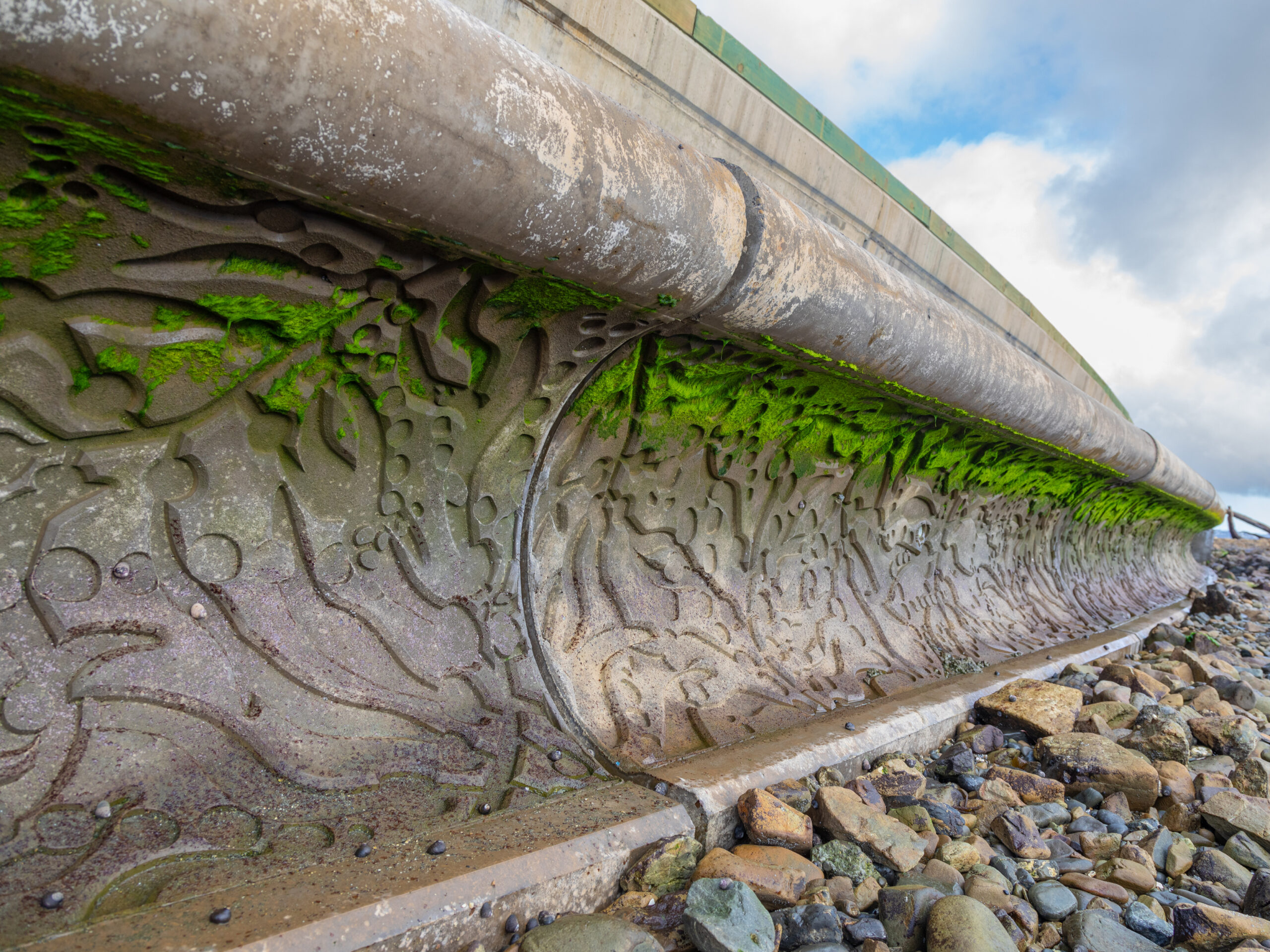Our team of scientists has extensive experience collaborating with engineers and construction crews during the design and implementation phases of ecological restoration and enhancement projects. We apply our expertise to integrate critical habitat features into freshwater, estuary, and coastal environments, while ensuring that erosion and sediment control measures protect the surrounding ecosystems. This approach not only supports the long-term sustainability of these ecosystems but also ensures that projects align with resource consent requirements.
Our involvement spans a wide range of projects, including riverbank and seawall repair, channel realignments, wetlands and stormwater treatment systems, bridge and culvert construction or repairs, waterway enhancements, and urban revitalisation. We also specialise in designing and enhancing fish habitats, such as īnanga spawning areas and eel habitats, alongside fish passage remediation. With a focus on achieving tangible ecological benefits with practical outcomes, we ensure seamless collaboration with multidisciplinary teams to deliver high-quality results.
Revitalising Urban Waterways: the Te Papa Ōtākaro/Avon River Precinct Anchor ProjectCanterbury Earthquake Recovery Authority (CERA) & Opus/WSP
Spanning several years and a 3.2 km section of the Ōtākaro/Avon River through Christchurch’s city centre, the Te Papa Ōtākaro/Avon River Precinct (ARP) Anchor Project was a key component of the revitalisation of Christchurch’s central city following the devastating 2010/11 Canterbury earthquakes. EOS Ecology was the ecology and design lead for the in-river works portion of the project, which represented one of the largest urban waterway revitalisation programmes in New Zealand at the time. Working closely with the Canterbury Earthquake Recovery Authority (CERA) and the ARP design consortium led by Opus (now WSP), our scientists were able to show the worth of undertaking an in-river works package for a programme that was originally meant to focus on out-of-river landscaping, culminating in the in-river works becoming a central part of the programme.
With improving the health of the river a cornerstone of the wider project, our team of scientists, experienced in restoring waterway systems, worked with the project’s engineers and landscape architects to design large scale interventions to remove historic contaminants, improve habitat values, and help build ecological resilience. They also spearheaded the design of specialised structures called ‘tuna townhouses’ to provide hideouts for native longfin eels in hard-edged sections and creating key zones for people to interact with these taonga species.
With our team overseeing the construction phase that saw 10,000 tonnes of fine sediment removed, 15,000 m2 of silted gravel cleaned, the improvement of base flow habitats through ‘fresh plan’ buildouts to narrow the low flow channel, the creation of key riffle habitats, and sediment traps installed to protect the improved habitat, the river has become a more vital and resilient environment. “With EOS Ecology’s help, life has started to return to this treasured central city waterway – reinstating the Ōtākaro/Avon River as a prized source of mahinga kai,” said Rob Kerr, Development Director for Christchurch Central Development Unit (CCDU) Anchor Projects.
EOS Ecology’s contributions went beyond design and construction oversight, actively engaging the public in the river’s transformation. Through outreach initiatives, videos, and presentations, they communicated the ecological significance of the revitalisation to the community. This project has not only helped to reinstate the river’s natural values but demonstrates EOS Ecology’s commitment to integrating science-led ecological health with urban renewal.

Creating Space for Intertidal Diversity: Developing a Bespoke Seawall Design for Wellington Harbour’s Eastern BaysHutt City Council & Stantec
The Hutt City Council Eastern Bays Shared Path project aimed to enhance safe community access around Wellington Harbour’s Eastern Bays and connect the public with the coastal marine area through the development of a shared cycle/walking path. This project involved upgrades to a 4.4 km stretch of seawall that surveys indicated were providing very little ecological value. To enhance the potential value for local aquatic biota, we worked collaboratively with the project’s coastal engineers and landscape architects to design an ecologically improved seawall and revetment option that would promote the colonisation of intertidal biota.
Our enhancements included designing a bespoke curved seawall texture inspired by the aquatic fauna species found locally, that not only visually complements the surrounding landscape, but also provides critical microhabitat features to promote colonisation by intertidal biota, as well as rock pool features suitable for installation on vertical surfaces and larger intertidal pools on revetment areas. These design elements aimed to improve the previously poor intertidal habitats of the existing seawalls while providing the local community with opportunities to engage with intertidal biota. As part of a multidisciplinary team supporting the overall shared path design, we produced a Seawall and Revetment Habitat Plan for the project, as the key guiding document for the successful implementation of the project’s ecological features. This collaborative approach not only increased the ecological outcomes of the project, but also ensured the long-term sustainability of the infrastructure while meeting resource consent requirements.

